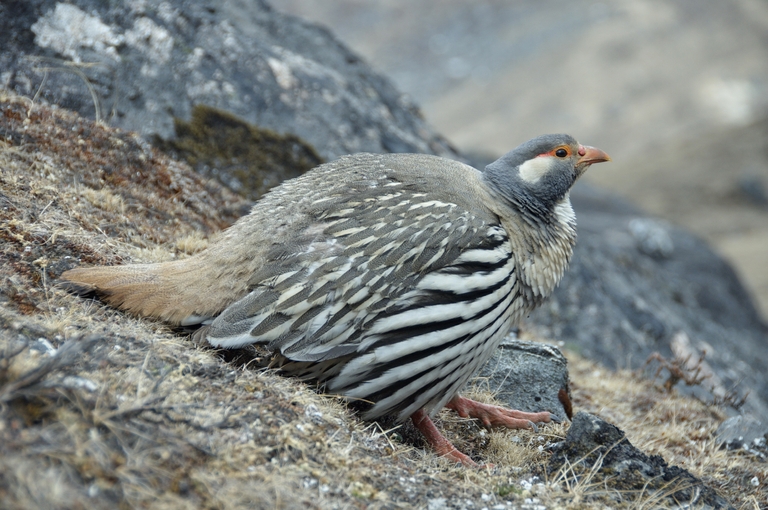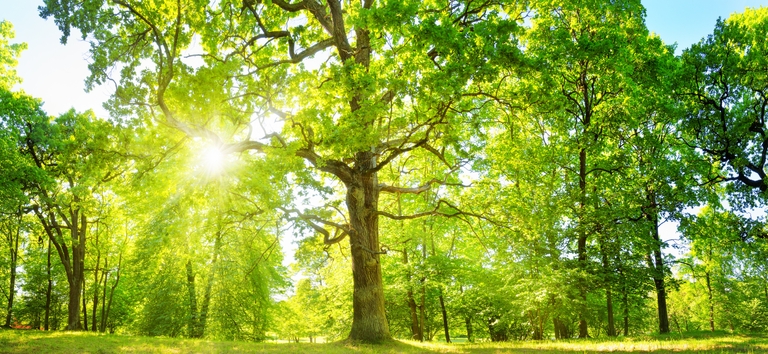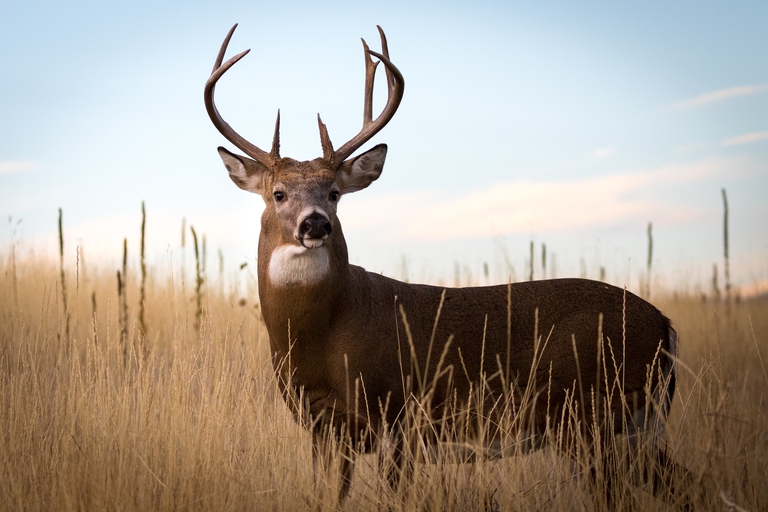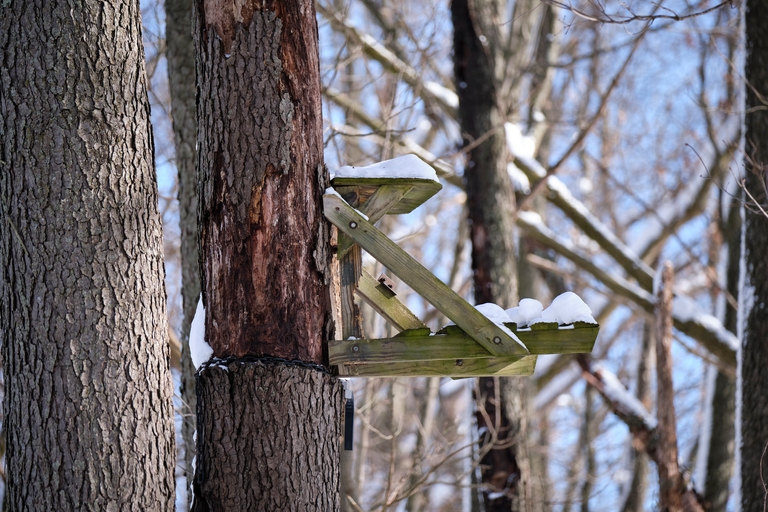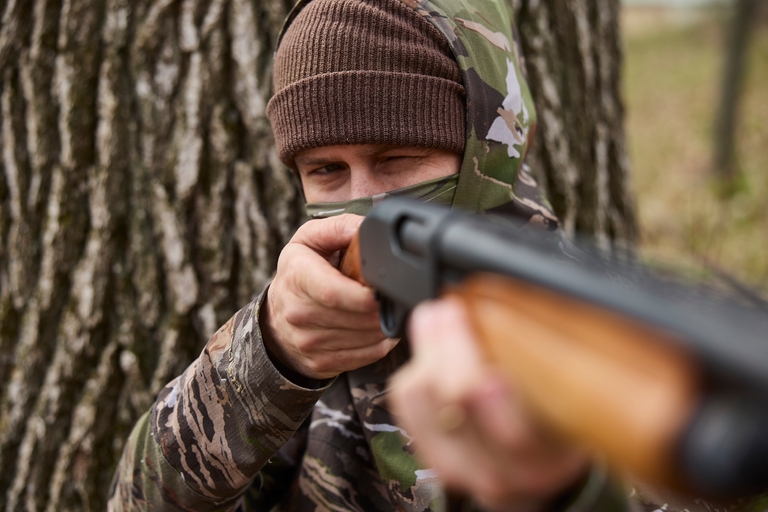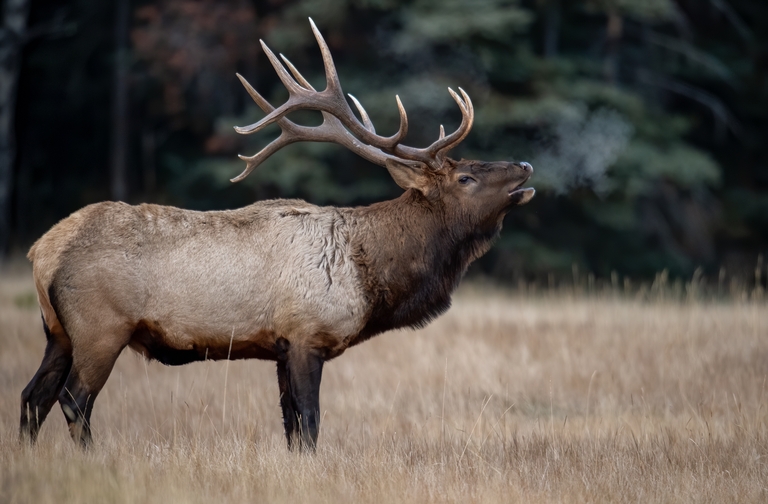When Do Mule Deer Rut?
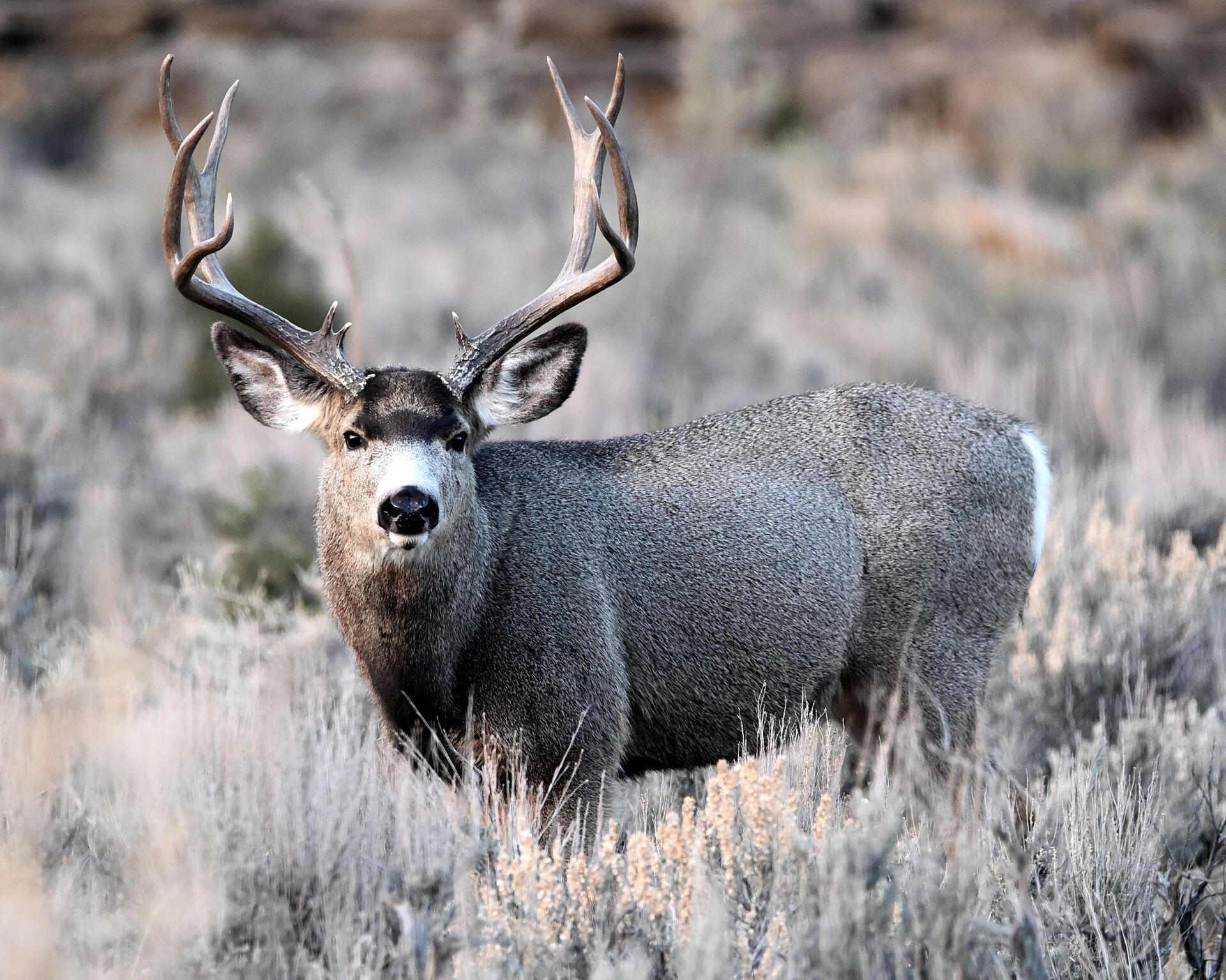
Understanding the intricacies of a mule deer rut will help you avoid common mistakes while hunting them. Hunting deer is easier once you know why they behave the way they do.
The breeding season is do-or-die time for deer hunters. Bucks are mostly busy chasing does, giving hunters their best chance of tagging a big buck.
Learning the timing, behaviors, and factors influencing the rut will help you find more mature bucks. Let's see what makes the elusive muley tick.
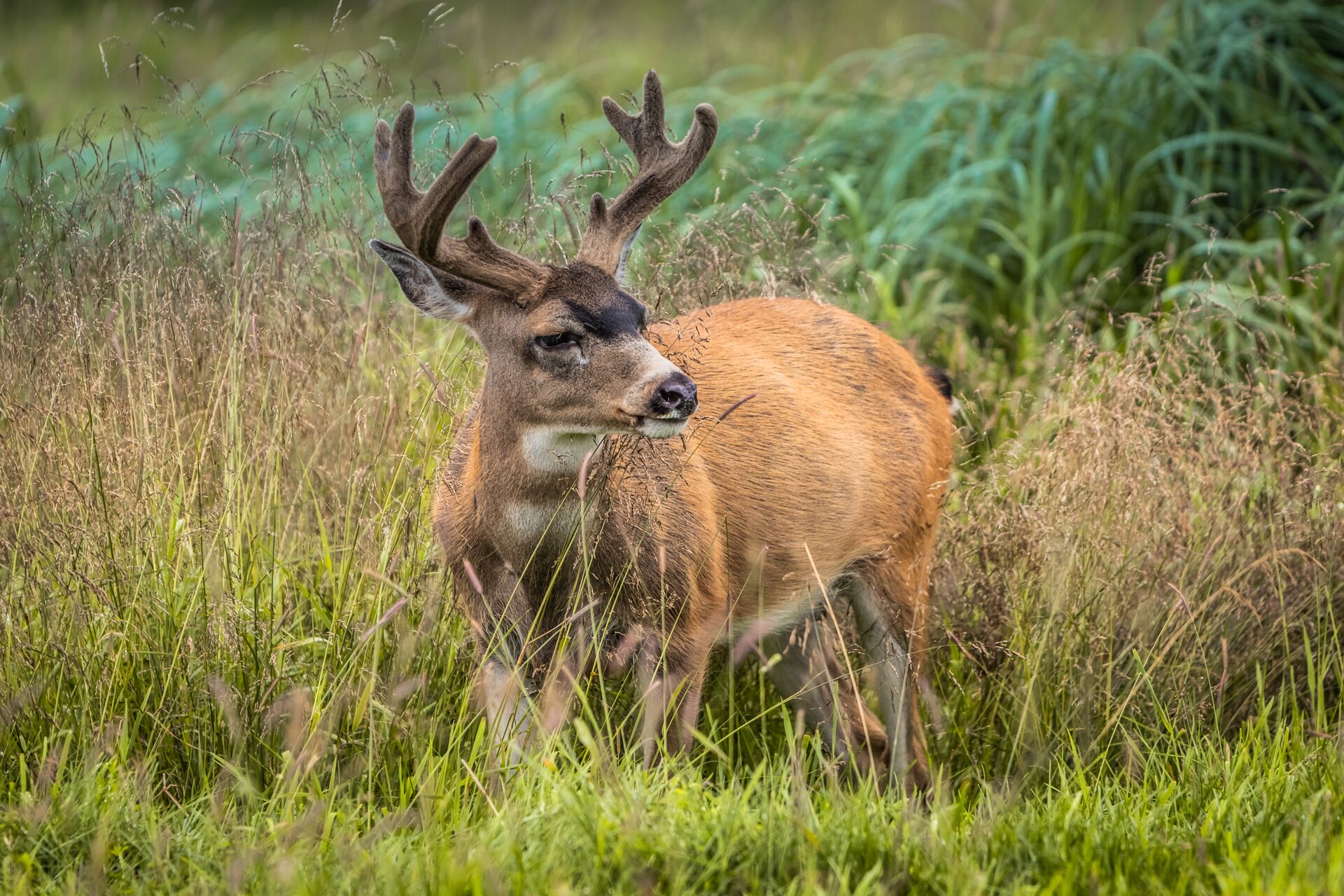
The Timing of the Mule Deer Rut
Mule deer usually enter their rutting phase from late October through early December. Peak rut usually occurs around mid-November, although this timing can vary depending on your specific region and environmental factors.
Knowing when the rut peaks gives you the best shot at taking a giant buck.
Factors Influencing the Rut
Several factors contribute to the onset and intensity of the rut:
- Photoperiod: Shorter fall days trigger hormonal changes in bucks, signaling the start of the rut. As daylight decreases, bucks become more aggressive while chasing does.
- Weather Conditions: Cooler temperatures or an early snowfall can influence rutting behavior. These conditions often shift activity to the warm daylight, forcing bucks to move more during shooting hours.
- Geographic Variations: The timing of the rut can vary based on the location. The higher the elevations or more north the buck's range is, the rut may start earlier or later than in other areas. Local climate conditions and environmental changes influence when peak rutting occurs.
Next, let's look at the behaviors exhibited by mule deer bucks during different phases of the rut.
Pre-Rut Behavior
As the rut approaches, mule deer bucks begin to exhibit behaviors that signal the arrival of breeding season.
Bucks become increasingly territorial, often having sparring matches with other males to establish dominance. They also start creating scrapes and rubs on trees and shrubs. These are the buck's way of marking their territory and leaving scent markers to attract does.
Peak Rutting Behavior
During the peak rut, mule deer bucks are highly active and borderline inattentive. They are busy chasing does and may engage in fierce battles with rival bucks.
This period is marked by intense activity, as bucks focus almost exclusively on breeding, neglecting their usual wariness and feeding habits. Hunters may find bucks easier to fool during this time due to their preoccupation with chasing does.
Mule Deer Post-Rut Activity
As the peak rut winds down, bucks continue to seek out any remaining receptive does. Their activity levels gradually decrease as they shift focus from mating to recovery.
Bucks prioritize replenishing their energy reserves as the rut ends, preparing for the harsh winter months. They will limit movement and return to more solitary behavior. As a result, it will take more work to locate and hunt them.
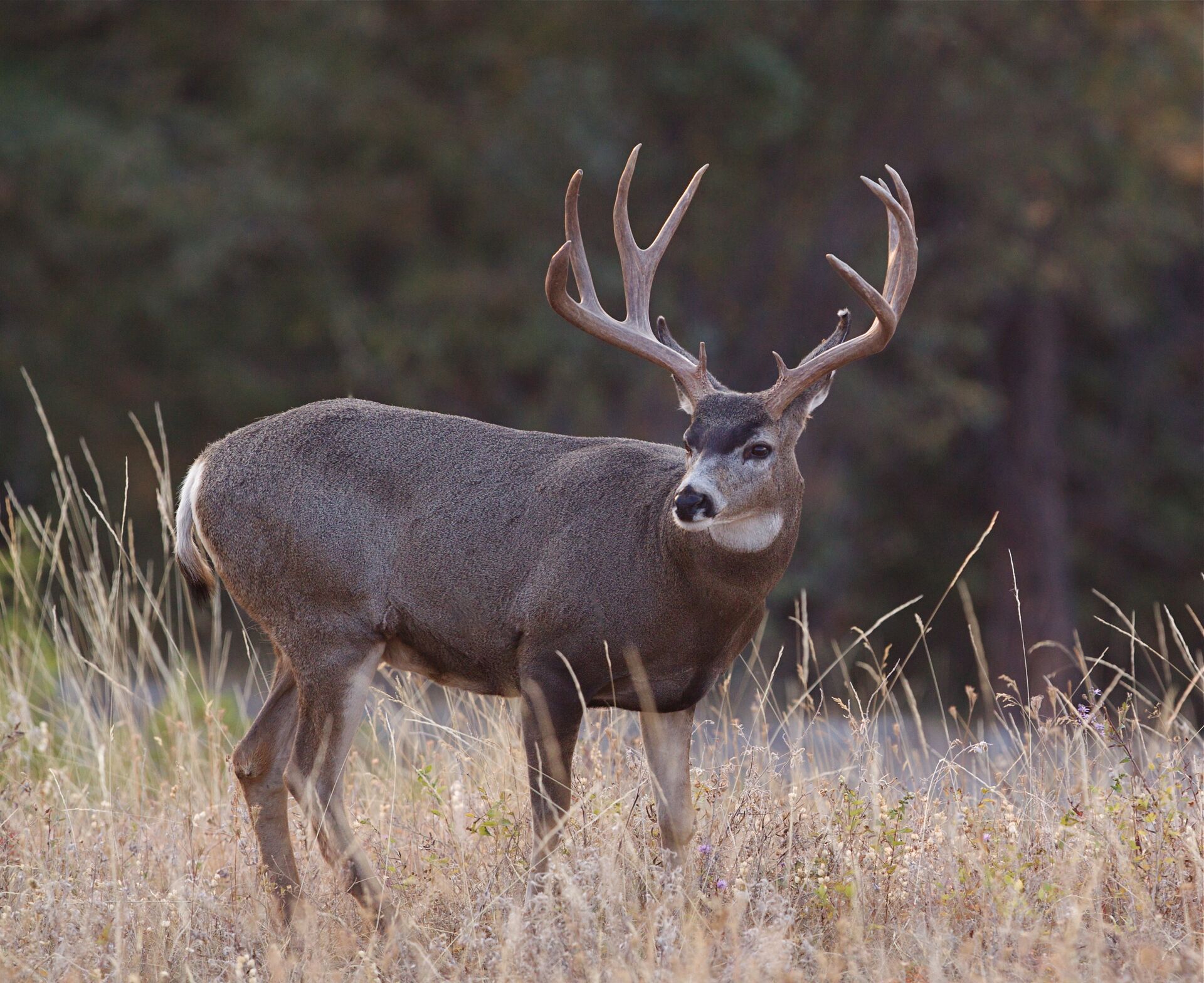
Use the Best Hunting Strategies During the Rut
To increase your chances of shooting a buck during the mule deer rut, focus on areas where does are likely to gather, such as feeding grounds and bedding areas. Calls and scents can also be effective during the peak rut since bucks are more likely to respond aggressively to perceived rivals or potential mates.
Scout and hunt locations where does are commonly seen, like transition areas leading to food and water sources. Bucks will be searching for does, and high-traffic spots are prime locations to call them in.
Use deer calls and scent lures to mimic the sounds and smells of a doe in estrus, which can attract bucks that are in the vicinity.
The Impact of the Rut on Deer Movements
Bucks roam widely during the rut, often traveling great distances searching for does. The increased movement can lead to encounters with mature bucks in areas where they previously weren't found.
Hunters should be ready for unexpected sightings because of drastic changes in deer patterns during this time.
Look for:
- Unpredictable Patterns: The rut can cause bucks to behave unpredictably, moving into new territories during daylight hours.
- Increased Encounters: With bucks covering more ground, hunters may have the chance to see the giant, mature bucks that typically remain elusive outside the rutting season.
A wise hunter once told me, "Expect the unexpected during the rut, and you'll never be surprised."
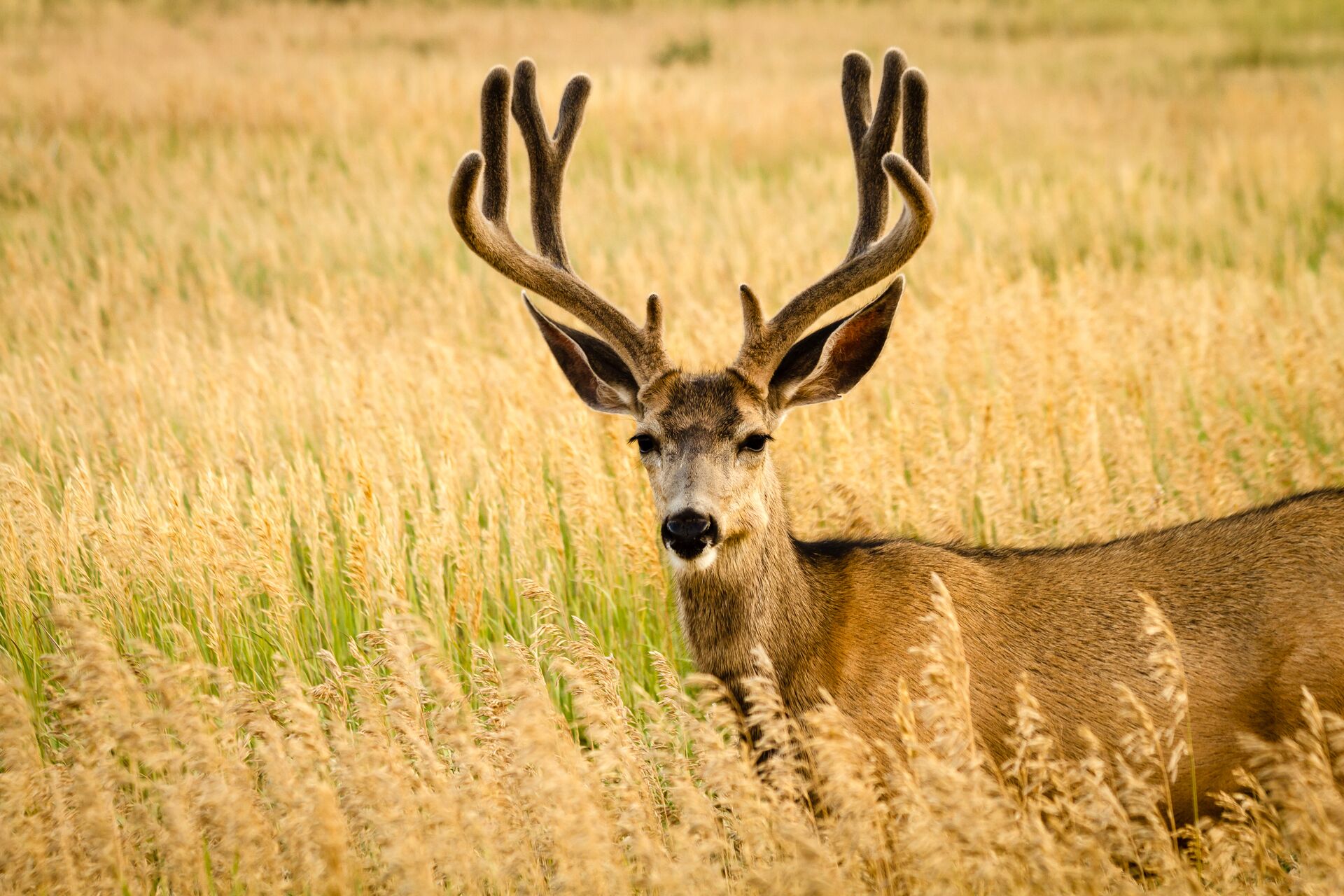
Safety Considerations When Hunting the Rut
Muley behavior during the rut brings up some safety concerns. These animals are instinct-driven, so be cautious when tracking or approaching downed animals.
Additionally, the increased movement of deer raises the likelihood of deer-on-vehicle collisions in areas with high deer populations.
- Exercise Caution: Bucks can react unpredictably — be careful when tracking a wounded buck.
- Deer-Vehicle Collisions: Watch for deer crossing roads, especially at dawn and sunset when the deer are moving.
Keep these letters in mind: ABC
These letters stand for "Always Be Considering" hunter safety while in the field.
Remember that rutting bucks can be more aggressive and less aware of their surroundings, and you'll be fine.

Be Safe When Hunting the Mule Deer Rut
Understanding mule deer behavior and the timing of their rut can significantly better your odds of shooting a trophy buck. By focusing on the timing of the rut, understanding the behavior of bucks during different rut phases, and implementing effective hunting strategies, you can increase your chances of a successful hunt.
Consider taking a Hunter-Ed course as a simple way to improve your preparedness for hunting mule deer. Your state may also require a hunter education course before getting your license — and our online courses meet those requirements.
As always, prioritize hunter safety and ethical hunting practices, and have a great season!

Did you know that Hunter-Ed students who complete the course get a Free 30-day trial of HuntWise?
Explore the RutCast feature within the HuntWise app to learn more about timing and activity during the rut!
To take advantage of this offer, log into your account and follow the instructions after completing your course and exam.

